External and internal review of the tablet Enot J145
In order to cope with all tasks perfectly, an ideal tablet should have a good screen, powerful hardware stuffing and a reliable design. It is these requirements that we tried to take into account in the tablet - Enot J145. Under Habrakat review of the appearance, as well as analysis (in the literal sense) of what components is the tablet.
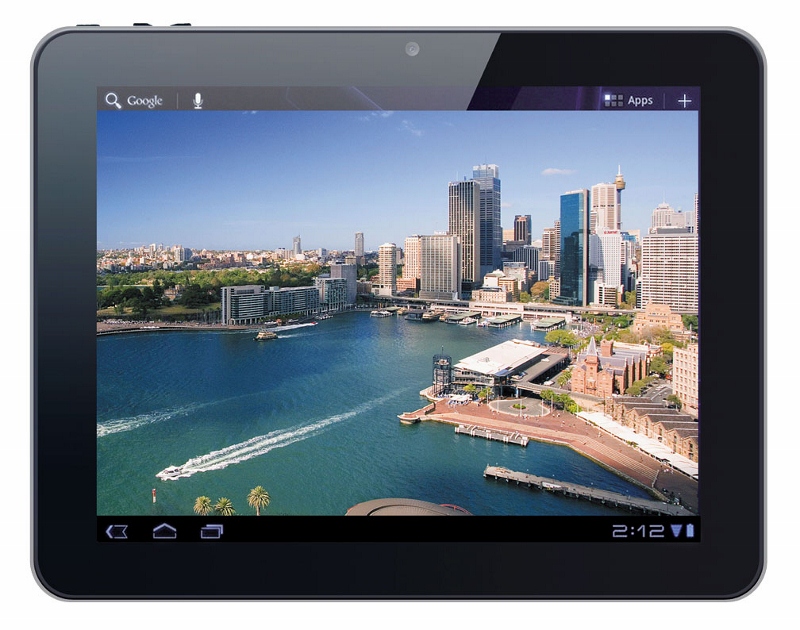
We decided not only to describe the device outside, but also to describe from what components, and how the tablet is assembled inside. We think it is also interesting to future users.
')
View inside. The motherboard is closed from troubles plate.
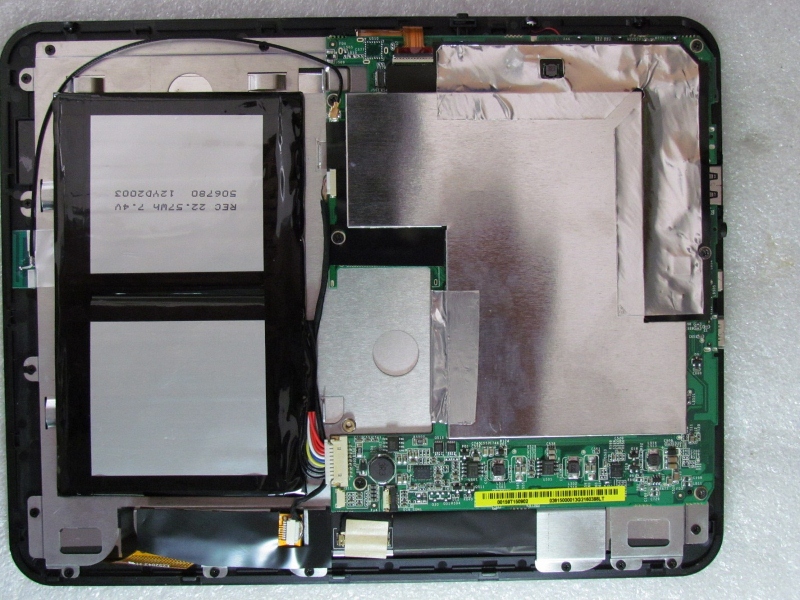
Remove the plate:
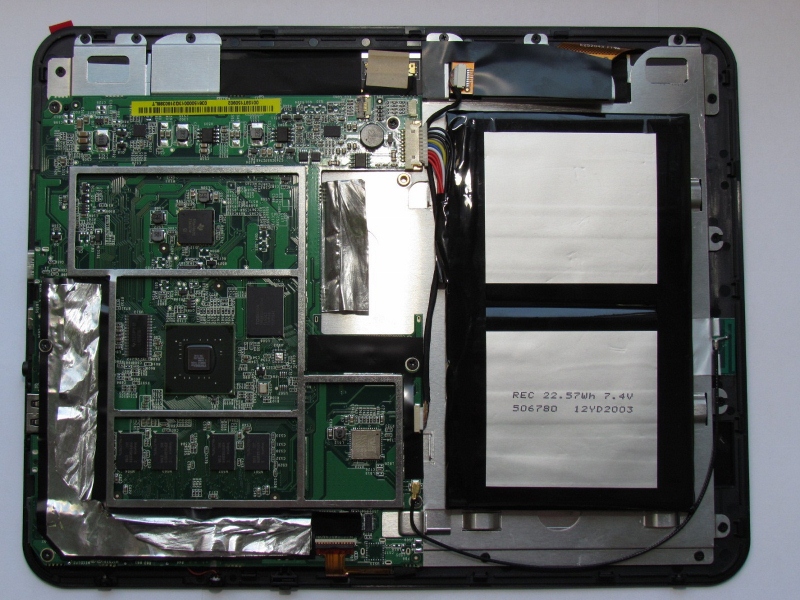
Enot J145 looks pretty strict. The design is classic, and is pleased with the presence of the rear aluminum cover.
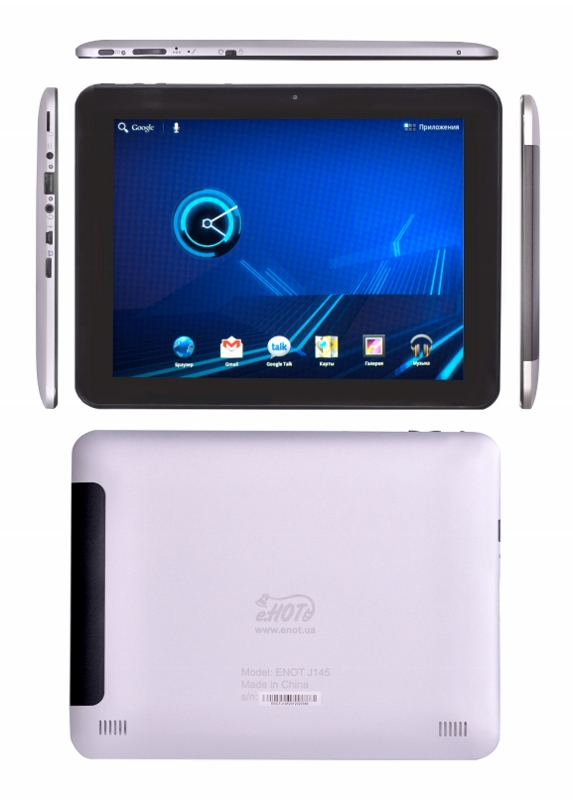
The inside of the cover. Two speakers:
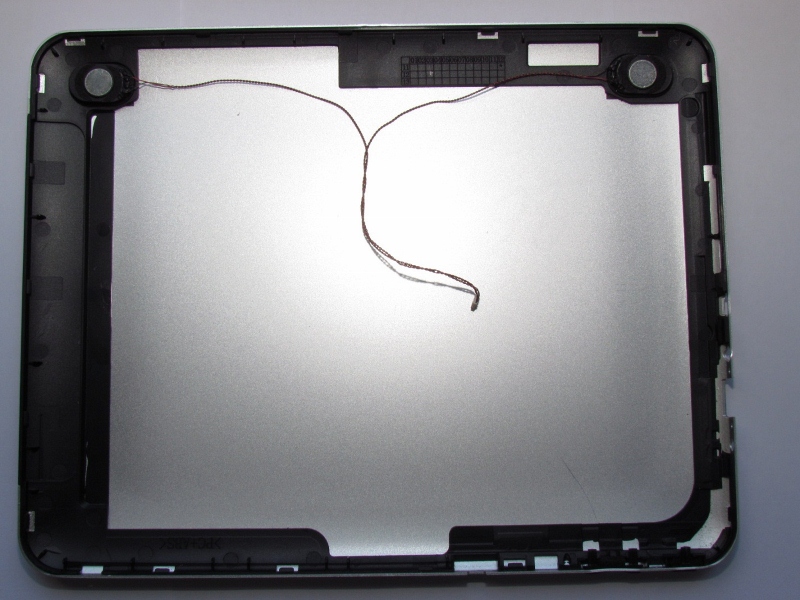
This cover is a practical solution that has a positive effect on the strength and endurance of the device. Above the screen is a webcam. All connectors and buttons are placed on the ends of the device. On the left are the “Power On” buttons, a volume control rocker and a slider that blocks the activation of the screen rotation sensor.

At the other end there is a 3.5mm headphone output, a power socket and a microSD card slot. There are also mini-USB ports, USB for connecting external devices and mini-HDMI for displaying images on an external monitor.
Ports - inside view:
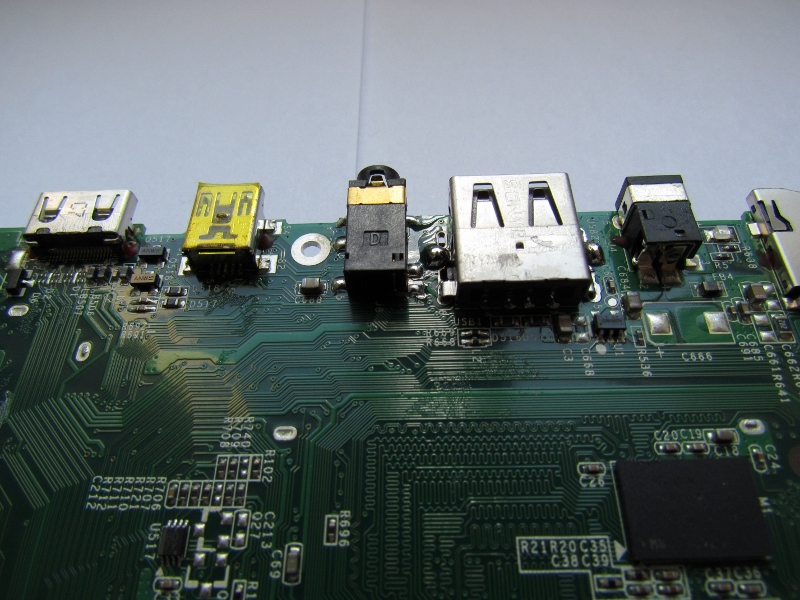
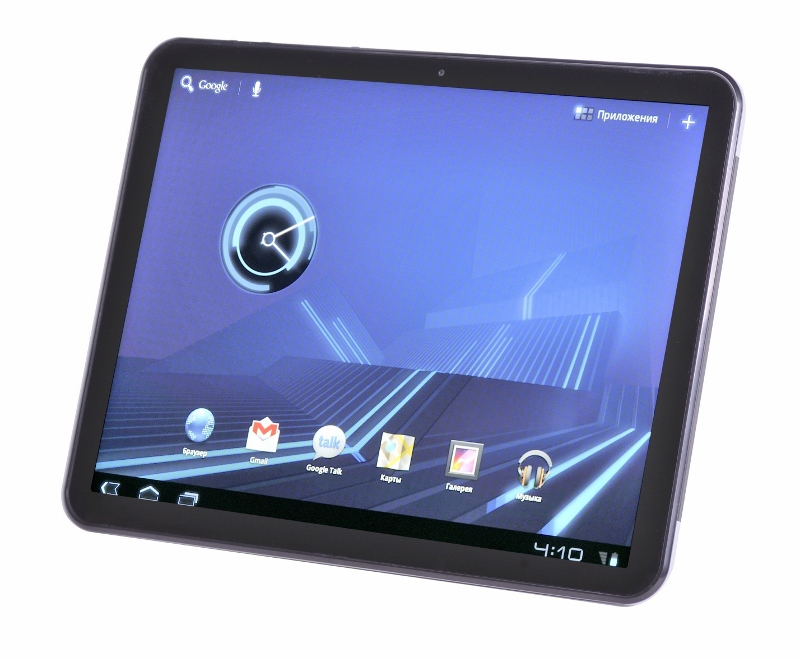
Separate praise deserves the screen, which is equipped with a beast. It has a diagonal of 9.7 inches with a 4: 3 aspect ratio and a resolution of 1024x768 pixels. And most importantly - the display works on IPS technology! The image quality is at a high level, which makes it possible to watch movies in high quality and play games, and the powerful backlighting allows you to work even in sunlight. Capacitive sensor supports up to 5 simultaneous key presses inclusive. By the way, between the system board and the screen is also a plate to protect the screen and the board from each other.
The heart of the tablet is a dual-core processor NVIDIA Tegra 2 with a clock frequency of 1 GHz. Numbers and letters on the processor: NVIDIA 12B3B018 1110A2 S TAIWAN N2U384.S02 S20L-H-A2

The processor is capable of hardware decoding of Full HD video with a resolution of 1080p, can also speed up the work of Flash Player 10.1.
The amount of RAM is 1024 MB - Hynix H5PS1GB3EFA S6C 210A MUJC9076
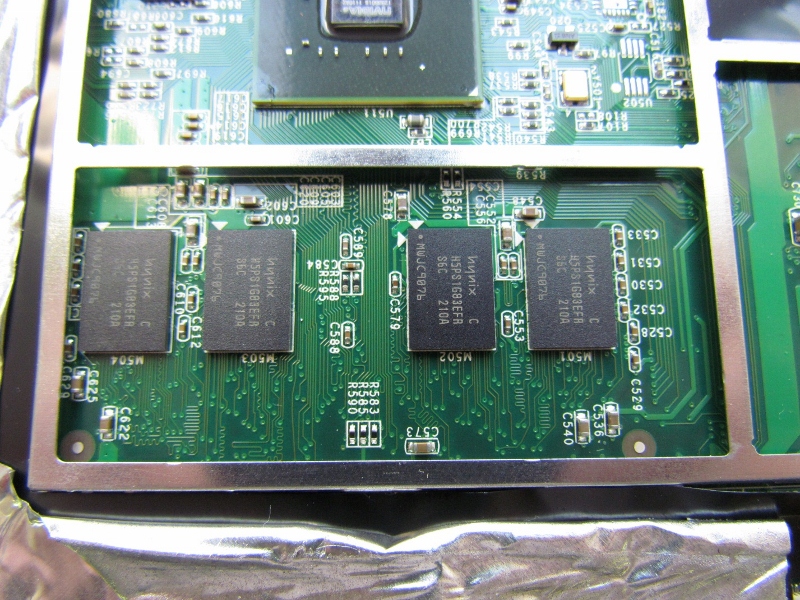
Solid State Drive - 8 GB, which can be expanded by installing a memory card up to 32GB. Storage: TOSHIBA THGBM2G6D2FBAI9 FL6383 TAIWAN 11239AE
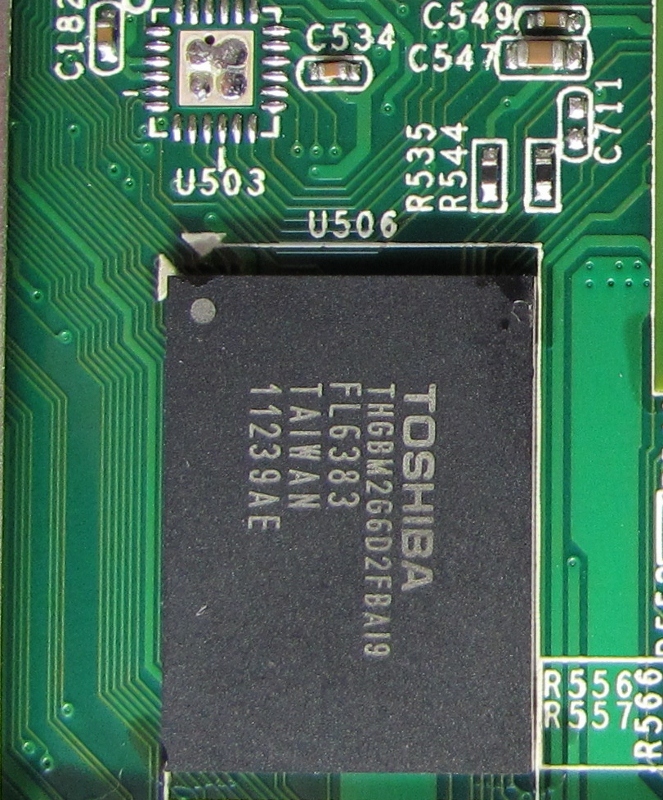
The tablet is built on the Android 3.2 platform.
Enot J145 uses a built-in battery. Depending on what you will do - watch a movie, read a book or draw, the battery life of the novelty reaches 8-9 hours. Battery (2 pieces): REC 22.57Wh 7.4V 506780 12YD2003
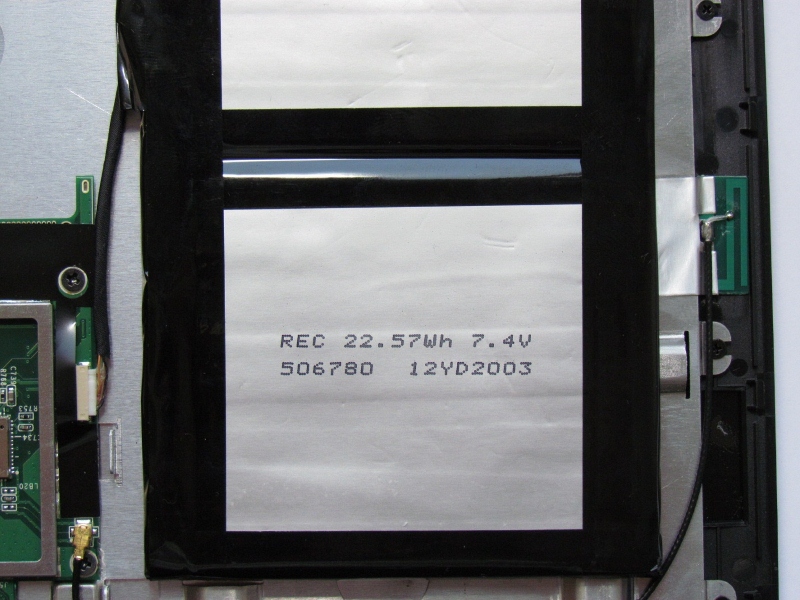
Wi-Fi module: USI 860111 BM-01 433
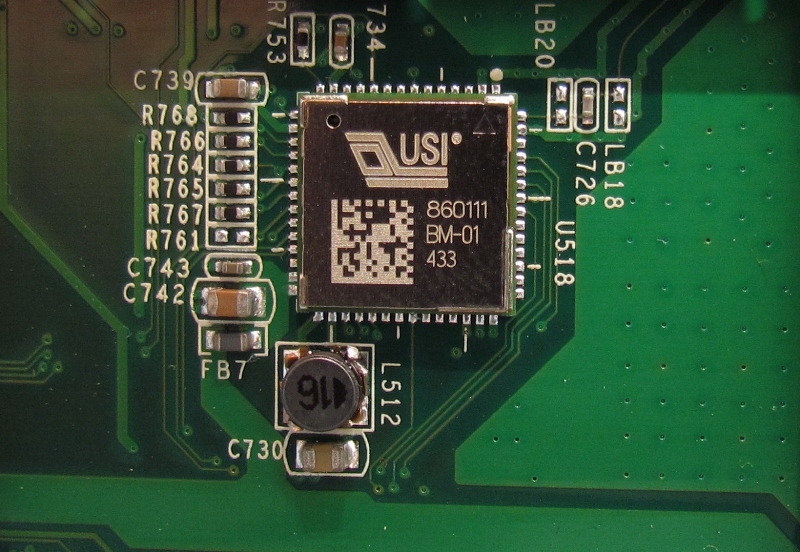
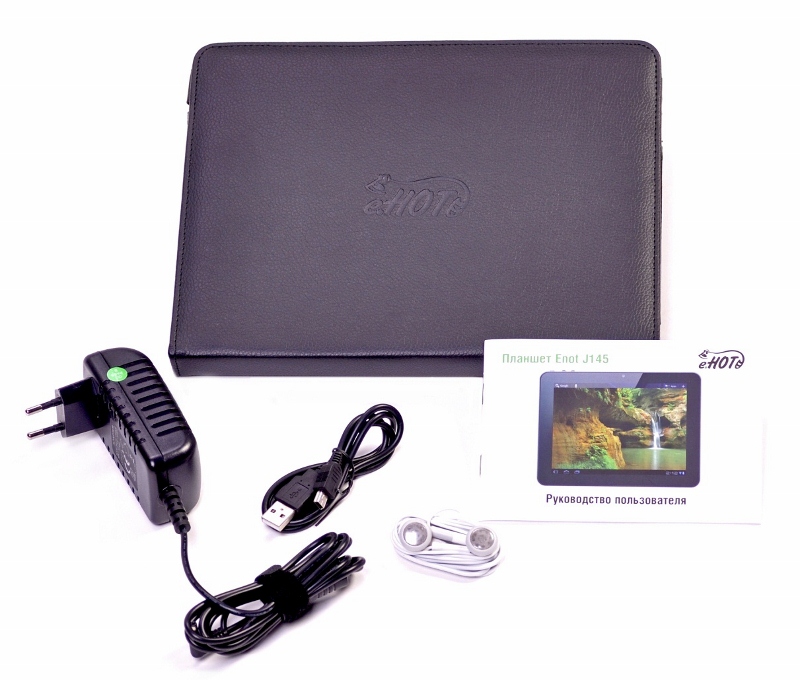
Inside the box you can find the tablet itself, the case, USB cable, charger and headphones. The case fits well under the tablet, all connectors and buttons are accessible, there is a corresponding cutout for the camera. One of the covers of the cover can be used as a stand for the tablet when watching movies.
Just a couple of indoor landscapes
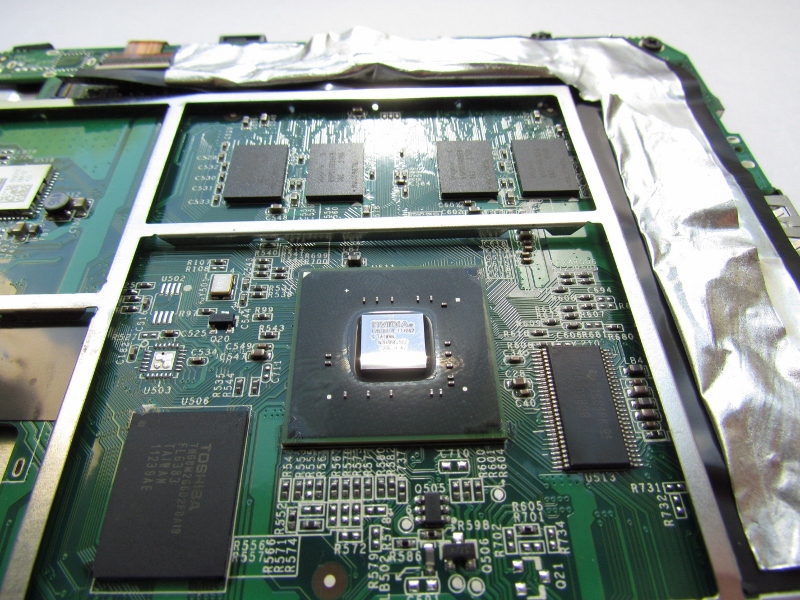

We decided not to put 3G, because in our opinion the most important thing is to have Wi-Fi. And so, the 3G module will significantly increase the price of the device. What for? But there is both Bluetooth and LBS, so what about the wireless networks and communications all the rules.
And finally, the most important thing: how much does it cost? In retail, this beast is (or will be worth) about 360 dollars. Considering the screen with IPS matrix, tegra, etc. - that's not bad.
UPD 1:
Detailed technical data
Enot J145 Tablet
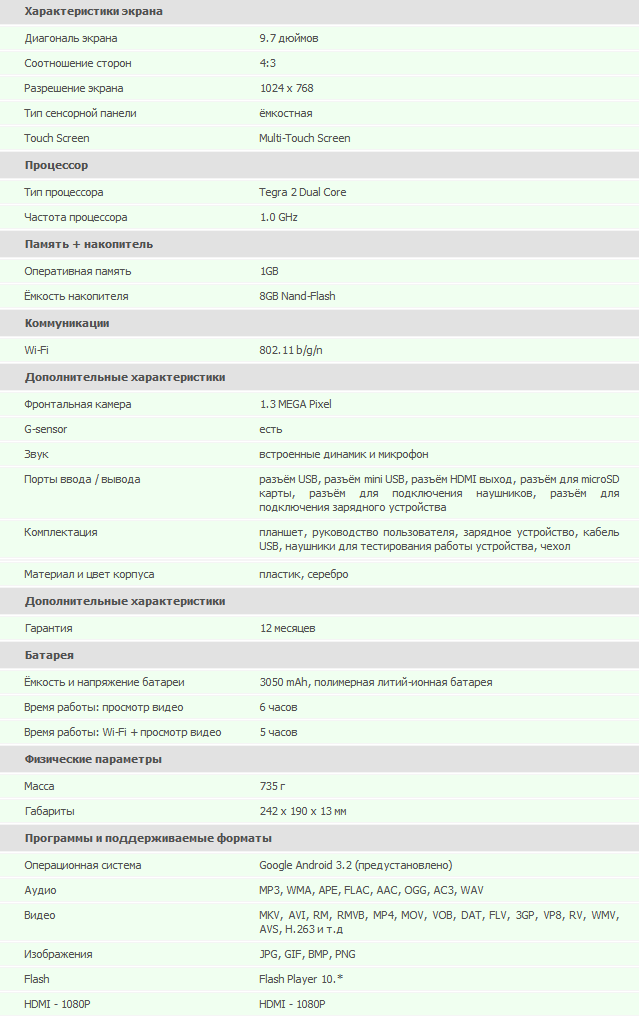
UPD 2: But the video review of games that go on the tablet Raccoon J145
Habraobzor other Raccoons:
Raccoon 131
Raccoon All-In-One
Raccoon V117
Raccoon j141
Video reviews of tablets EnotV121, EnotV131, EnotE163 and EnotJ117
UPD 3:
A summary comparison table (in figures) of all Raccoons.
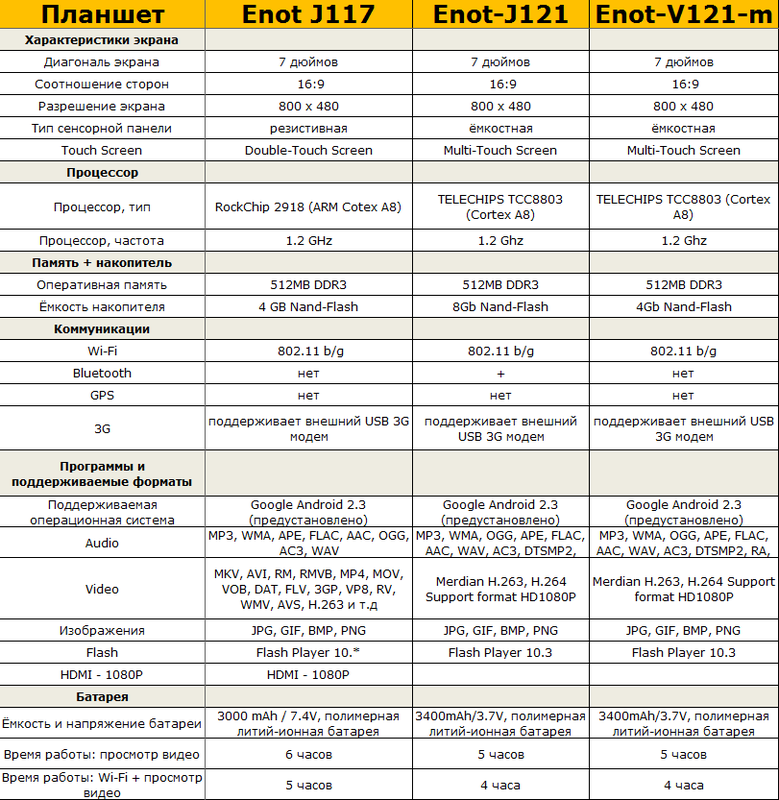
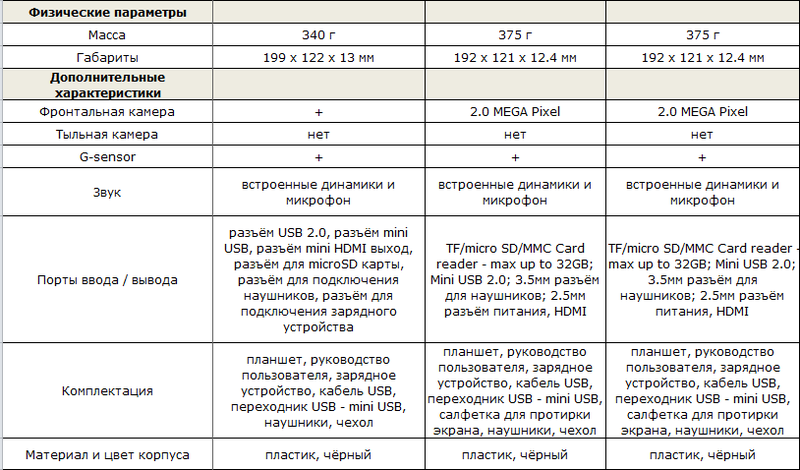
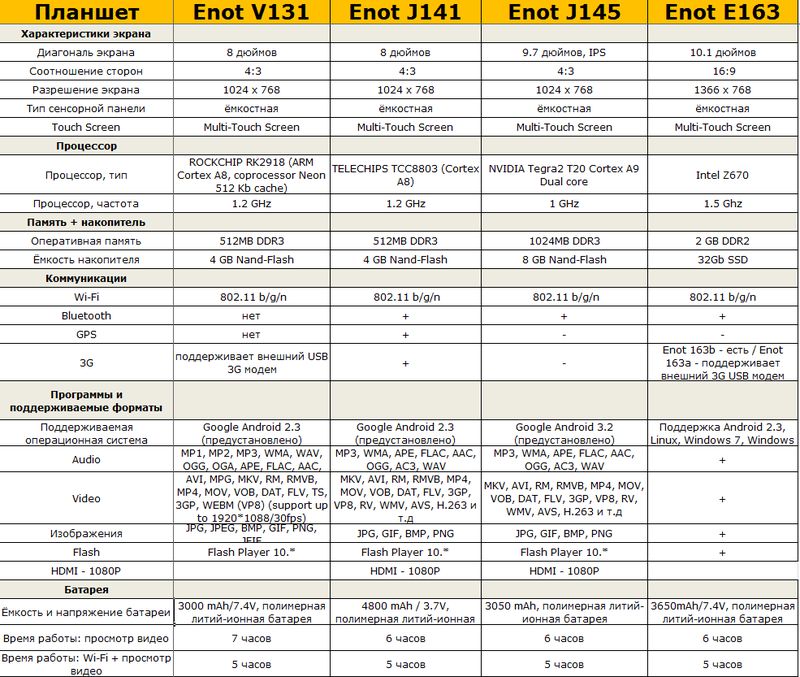
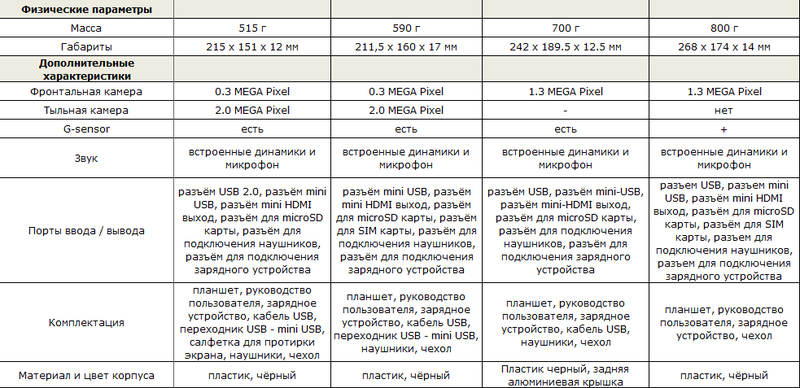
MUK-Service - all types of IT repair: warranty, non-warranty repair, sale of spare parts, contract service

We decided not only to describe the device outside, but also to describe from what components, and how the tablet is assembled inside. We think it is also interesting to future users.
')
View inside. The motherboard is closed from troubles plate.

Remove the plate:

Enot J145 looks pretty strict. The design is classic, and is pleased with the presence of the rear aluminum cover.

The inside of the cover. Two speakers:

This cover is a practical solution that has a positive effect on the strength and endurance of the device. Above the screen is a webcam. All connectors and buttons are placed on the ends of the device. On the left are the “Power On” buttons, a volume control rocker and a slider that blocks the activation of the screen rotation sensor.

At the other end there is a 3.5mm headphone output, a power socket and a microSD card slot. There are also mini-USB ports, USB for connecting external devices and mini-HDMI for displaying images on an external monitor.
Ports - inside view:

Screen

Separate praise deserves the screen, which is equipped with a beast. It has a diagonal of 9.7 inches with a 4: 3 aspect ratio and a resolution of 1024x768 pixels. And most importantly - the display works on IPS technology! The image quality is at a high level, which makes it possible to watch movies in high quality and play games, and the powerful backlighting allows you to work even in sunlight. Capacitive sensor supports up to 5 simultaneous key presses inclusive. By the way, between the system board and the screen is also a plate to protect the screen and the board from each other.
Proc
The heart of the tablet is a dual-core processor NVIDIA Tegra 2 with a clock frequency of 1 GHz. Numbers and letters on the processor: NVIDIA 12B3B018 1110A2 S TAIWAN N2U384.S02 S20L-H-A2

The processor is capable of hardware decoding of Full HD video with a resolution of 1080p, can also speed up the work of Flash Player 10.1.
Memory
The amount of RAM is 1024 MB - Hynix H5PS1GB3EFA S6C 210A MUJC9076

Solid State Drive - 8 GB, which can be expanded by installing a memory card up to 32GB. Storage: TOSHIBA THGBM2G6D2FBAI9 FL6383 TAIWAN 11239AE

The tablet is built on the Android 3.2 platform.
Enot J145 uses a built-in battery. Depending on what you will do - watch a movie, read a book or draw, the battery life of the novelty reaches 8-9 hours. Battery (2 pieces): REC 22.57Wh 7.4V 506780 12YD2003

Wi-Fi module: USI 860111 BM-01 433

Equipment

Inside the box you can find the tablet itself, the case, USB cable, charger and headphones. The case fits well under the tablet, all connectors and buttons are accessible, there is a corresponding cutout for the camera. One of the covers of the cover can be used as a stand for the tablet when watching movies.
Just a couple of indoor landscapes


All other communications
We decided not to put 3G, because in our opinion the most important thing is to have Wi-Fi. And so, the 3G module will significantly increase the price of the device. What for? But there is both Bluetooth and LBS, so what about the wireless networks and communications all the rules.
Price
And finally, the most important thing: how much does it cost? In retail, this beast is (or will be worth) about 360 dollars. Considering the screen with IPS matrix, tegra, etc. - that's not bad.
UPD 1:
Detailed technical data
Enot J145 Tablet

UPD 2: But the video review of games that go on the tablet Raccoon J145
Habraobzor other Raccoons:
Raccoon 131
Raccoon All-In-One
Raccoon V117
Raccoon j141
Video reviews of tablets EnotV121, EnotV131, EnotE163 and EnotJ117
UPD 3:
A summary comparison table (in figures) of all Raccoons.




MUK-Service - all types of IT repair: warranty, non-warranty repair, sale of spare parts, contract service
Source: https://habr.com/ru/post/146246/
All Articles